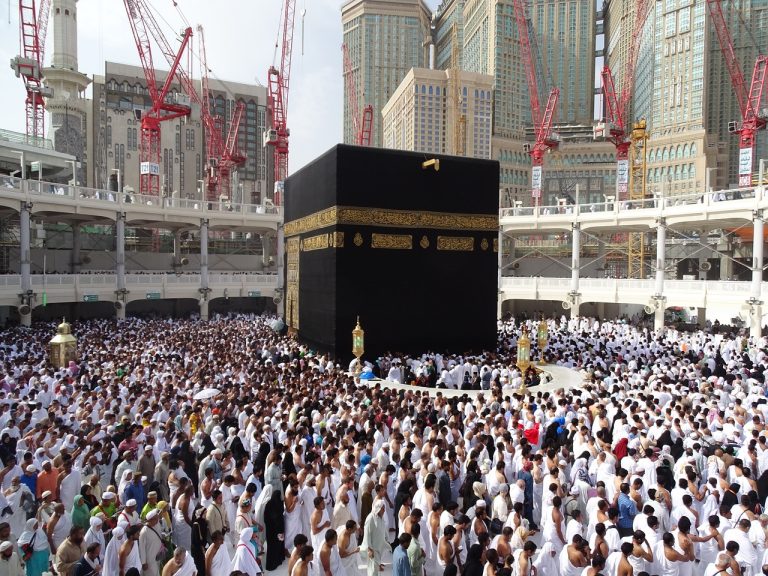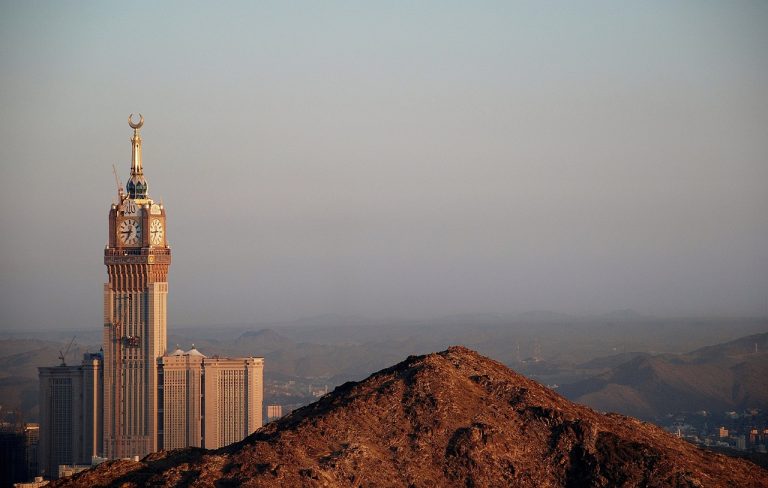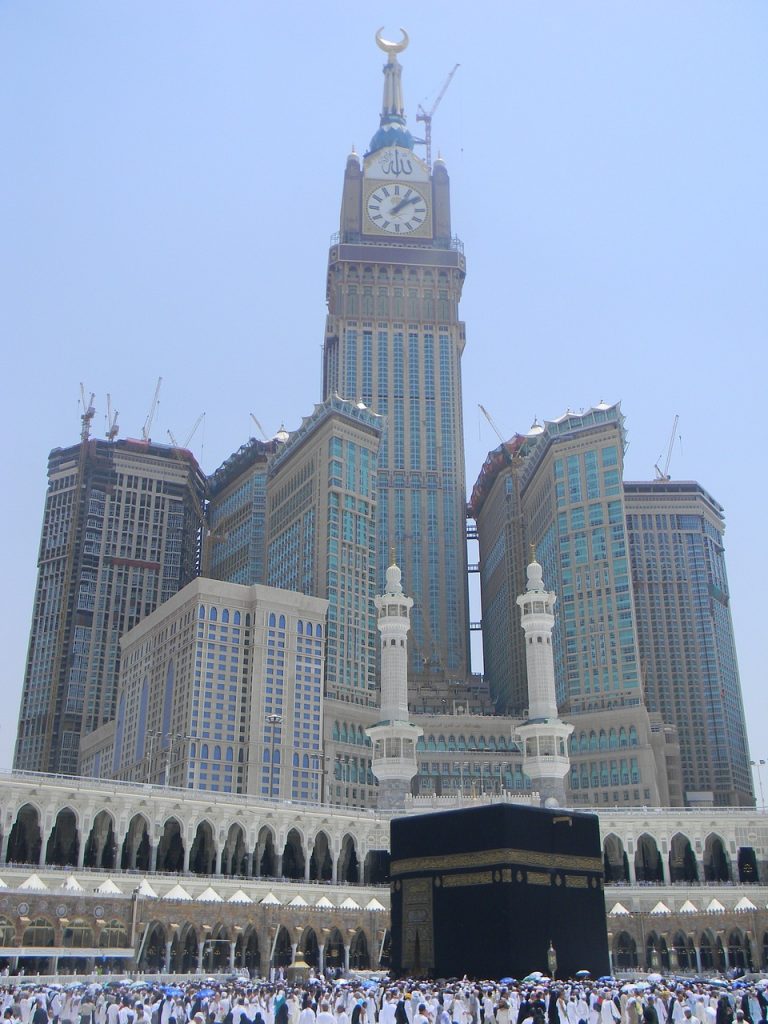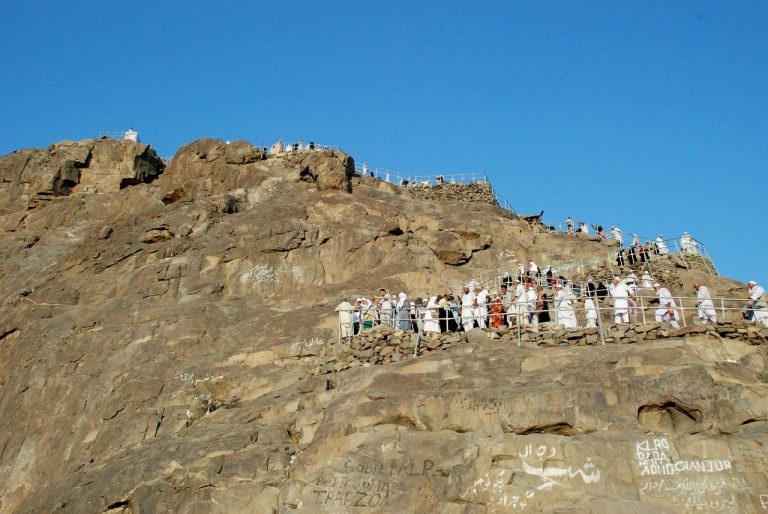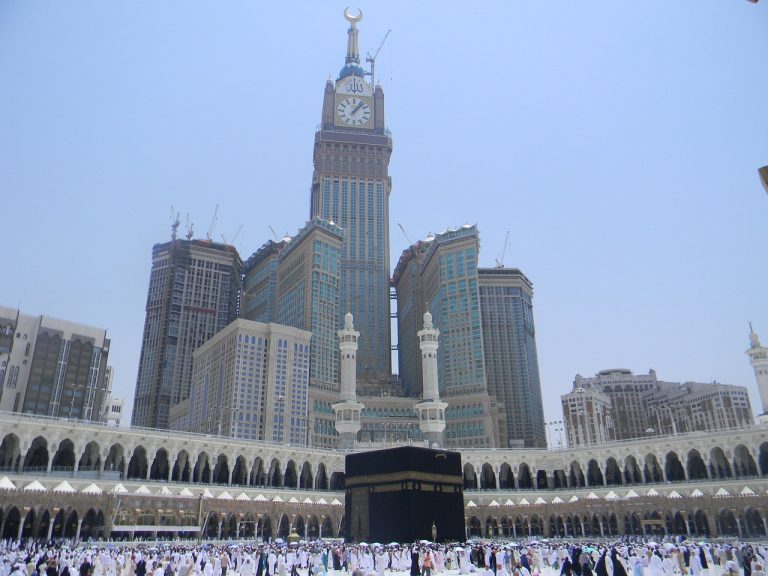Mecca Saudi Arabia Video
Historical Landmarks of Mecca Saudi Arabia: A Deep Dive
Mecca, located in Saudi Arabia, holds immense historical and religious significance for Muslims around the world. As the birthplace of the Prophet Muhammad and the holiest city in Islam, Mecca attracts millions of pilgrims each year who come to perform the Hajj pilgrimage and visit its historical landmarks. This article will delve into the rich history of Mecca, exploring its notable landmarks and shedding light on their importance.
The Great Mosque of Mecca
The Great Mosque of Mecca, also known as Al-Masjid al-Haram, is the holiest site in Islam and the largest mosque in the world. It surrounds the Kaaba, a sacred structure believed to have been built by the Prophet Abraham and his son Ishmael. The mosque’s construction dates back to the time of the Prophet Muhammad, and it has undergone numerous expansions over the centuries. Today, it can accommodate over two million worshippers during the Hajj pilgrimage. The mosque’s magnificent architecture and intricate details make it a symbol of Islamic art and culture.
- Black Stone: Embedded in the eastern corner of the Kaaba, the Black Stone is a sacred relic that Muslims believe was given to Abraham by the angel Gabriel. Pilgrims strive to touch or kiss the stone as part of their rituals during the Hajj or Umrah.
- Zamzam Well: Located within the mosque complex, the Zamzam Well is a sacred well that Muslims believe was miraculously created for Hagar, the wife of Abraham, and her son Ishmael, to provide them with water in the desert. Pilgrims often drink from the well, considering its water to be blessed.
- Safa and Marwa: These are two small hills located near the Great Mosque. Muslims reenact Hagar’s search for water by walking back and forth between the hills during the Hajj and Umrah.
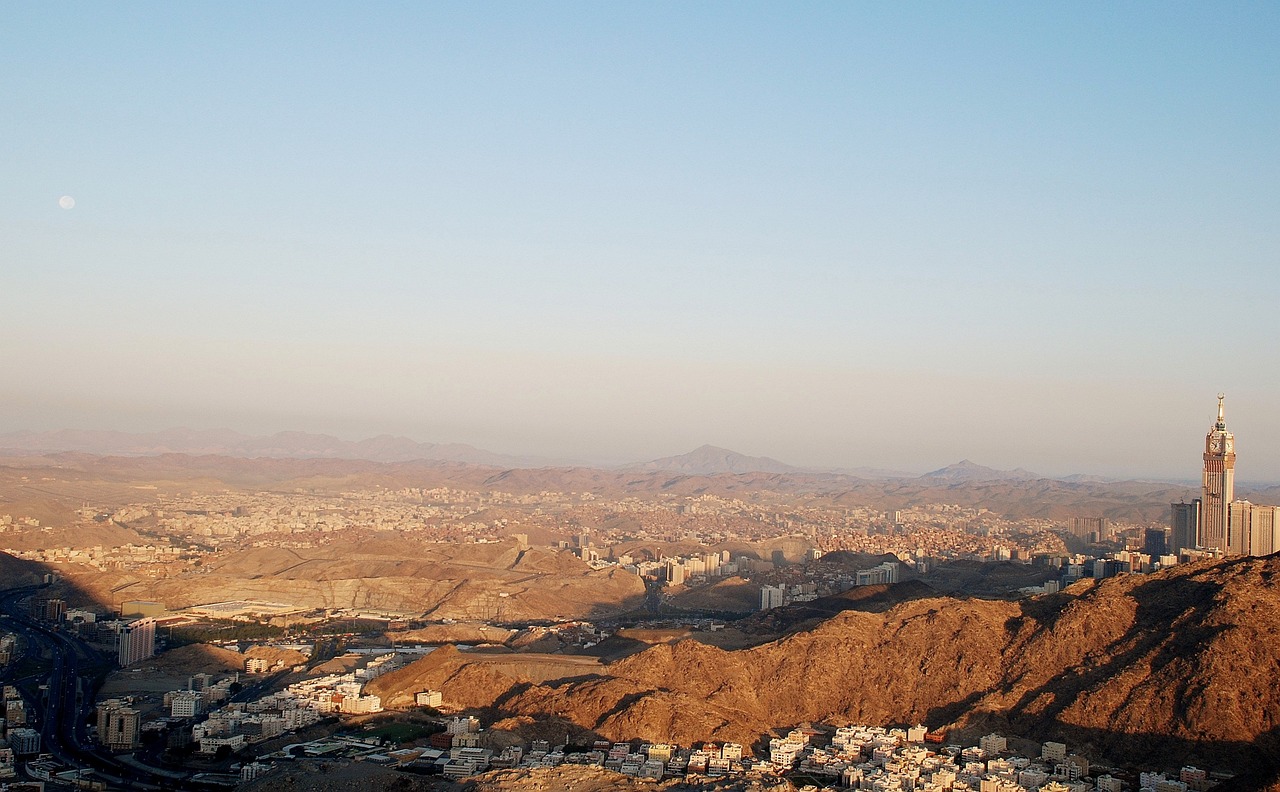
Abraj Al-Bait Clock Tower
The Abraj Al-Bait Clock Tower, also known as the Mecca Royal Clock Tower, is an iconic skyscraper situated near the Great Mosque of Mecca. It stands as one of the world’s tallest buildings and serves as a prominent landmark in the city. The clock tower is part of a larger complex that includes luxury hotels, shopping malls, and residential apartments. Its design combines modern architecture with traditional Islamic elements, and the clock faces are adorned with Arabic calligraphy. The tower’s clock is one of the largest in the world and is visible from a great distance.
- Observation Deck: The clock tower features an observation deck that offers panoramic views of Mecca and the surrounding areas. Visitors can enjoy breathtaking vistas of the city and witness the bustling activities around the Great Mosque.
- Museum: Within the complex, there is a museum dedicated to Islamic art and history. It showcases a wide range of artifacts, calligraphy, and exhibits that provide insights into the Islamic civilization and its contributions to various fields.
- Hotels and Shopping: The Abraj Al-Bait complex houses several luxury hotels and high-end shopping malls, providing visitors with world-class accommodation and retail experiences.
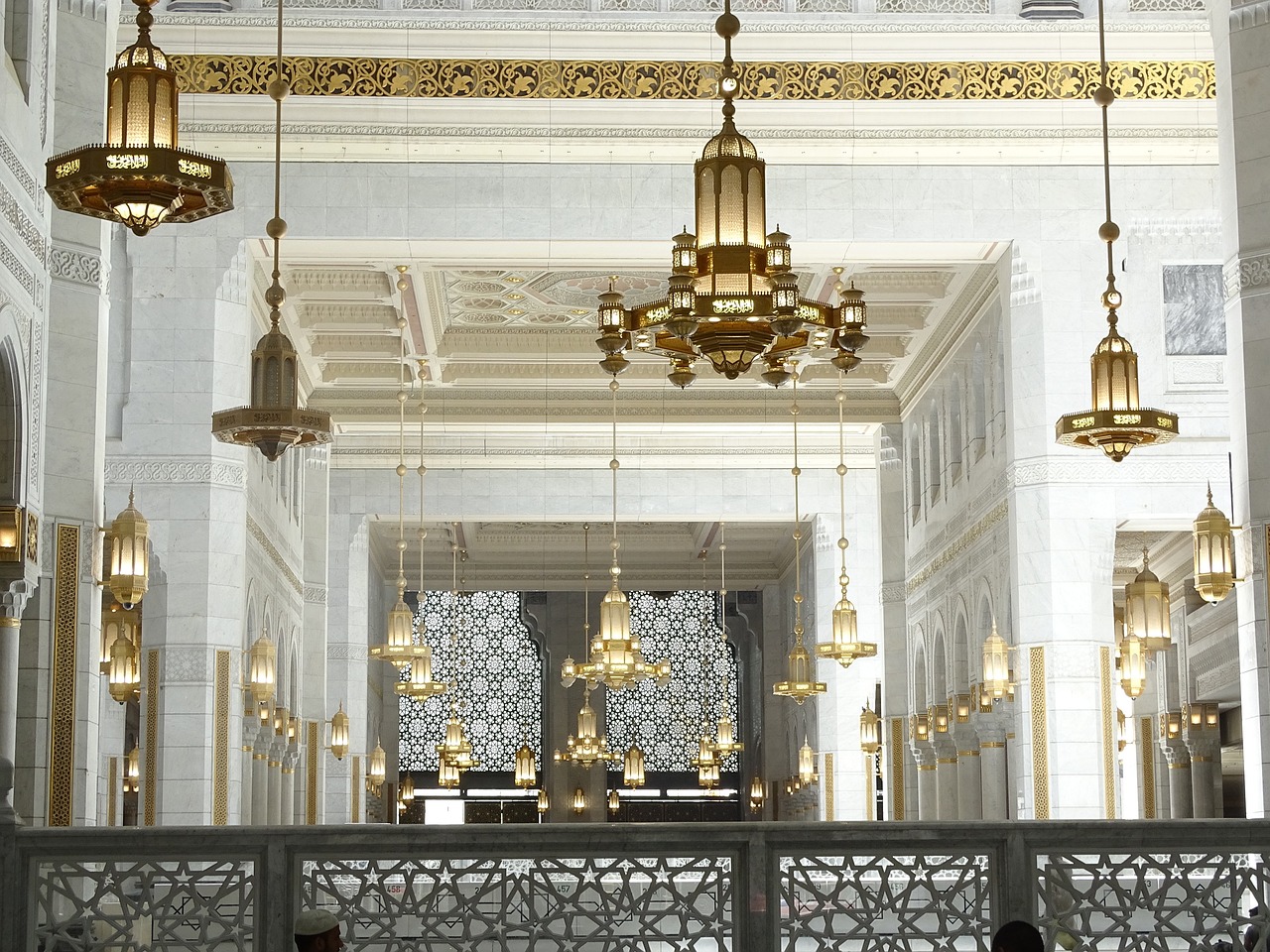
Mount Arafat
Mount Arafat, also known as Jabal al-Rahmah, is a granite hill located approximately 20 kilometers east of Mecca. It holds great religious significance as it is the place where the Prophet Muhammad delivered his farewell sermon during his final pilgrimage. The hill is a mandatory stop for Hajj pilgrims, who gather here on the 9th day of the Islamic month of Dhul-Hijjah. It is believed that standing on Mount Arafat and praying for forgiveness is a pivotal moment in the pilgrimage.
- Day of Arafah: The day spent on Mount Arafat is known as the Day of Arafah, considered the most important day of the Hajj pilgrimage. Pilgrims engage in supplications, recite prayers, and seek spiritual enlightenment on this day.
- Plain of Arafat: The foot of the hill extends into a vast plain known as the Plain of Arafat. It is here that pilgrims set up their tents and spend the day in reflection and worship.
- Importance in Islamic History: Mount Arafat holds historical significance beyond the Hajj pilgrimage. It is believed that Prophet Adam and Eve were reunited at this site after being separated on Earth, and it is where they sought God’s forgiveness.
Quba Mosque
Quba Mosque, located on the outskirts of Mecca, is one of the oldest mosques in the world and holds great religious significance. It is believed to be the first mosque ever built by the Prophet Muhammad after his arrival in Medina. Muslims consider visiting and praying in this mosque as a highly rewarding act of worship.
- Significance: The Quba Mosque is mentioned in the Quran, emphasizing its importance as a place of worship. Muslims believe that praying two units of voluntary prayer in this mosque is equivalent to performing an Umrah.
- Architecture: The mosque showcases traditional Islamic architecture, with its white walls, minarets, and domes. It has undergone renovations and expansions over the years to accommodate the growing number of worshippers.
- Visitation: Many pilgrims and visitors to Mecca make it a point to visit the Quba Mosque due to its historical and spiritual significance.
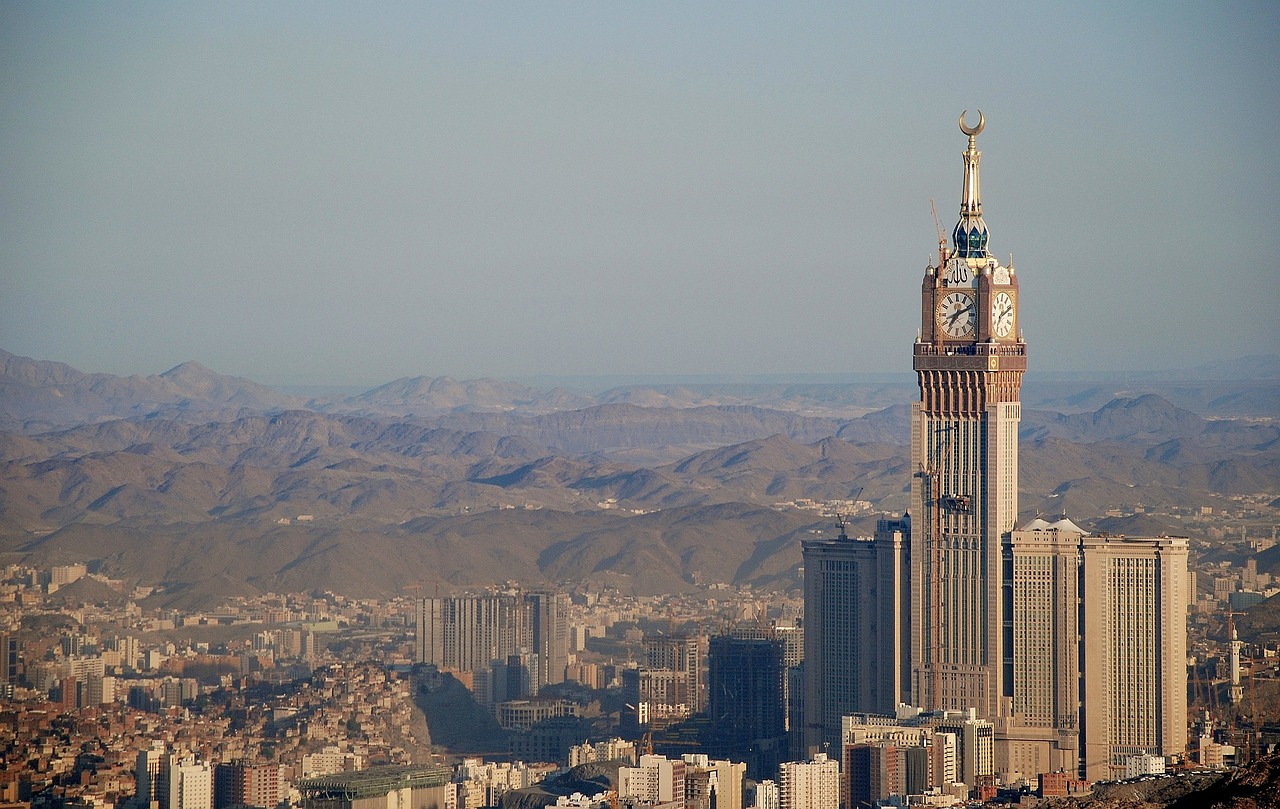
Jannat al-Mu’alla Cemetery
Jannat al-Mu’alla Cemetery is an ancient burial ground located in the city of Mecca. It is the final resting place of several notable figures, including the Prophet Muhammad’s wife, Khadijah, and many of his close companions. The cemetery holds historical and cultural significance for Muslims, who often visit to pay their respects to the deceased.
- Notable Graves: Besides Khadijah, the cemetery is the burial site of notable figures such as Abu Talib, the Prophet Muhammad’s uncle, and Abdullah ibn Abbas, a companion known for his knowledge of Islamic teachings.
- Historical Importance: Jannat al-Mu’alla Cemetery provides insights into the history of early Islam and serves as a reminder of the sacrifices made by those who played significant roles in the development of the religion.
- Visitation and Prayers: Many pilgrims and locals visit the cemetery to offer prayers and seek blessings from the deceased.
Conclusion
Mecca, Saudi Arabia, is a city steeped in history and spirituality. Its historical landmarks, such as the Great Mosque, Abraj Al-Bait Clock Tower, Mount Arafat, Quba Mosque, and Jannat al-Mu’alla Cemetery, hold immense significance for Muslims worldwide. These sites not only serve as symbols of Islamic heritage but also provide pilgrims and visitors with a profound spiritual experience. Exploring the historical landmarks of Mecca offers a deeper understanding of the city’s past and its importance in the Islamic faith.
References
- islamiclandmarks.com
- sauditourism.sa
- arabnews.com
- islamicity.org
- islamicfinder.org


